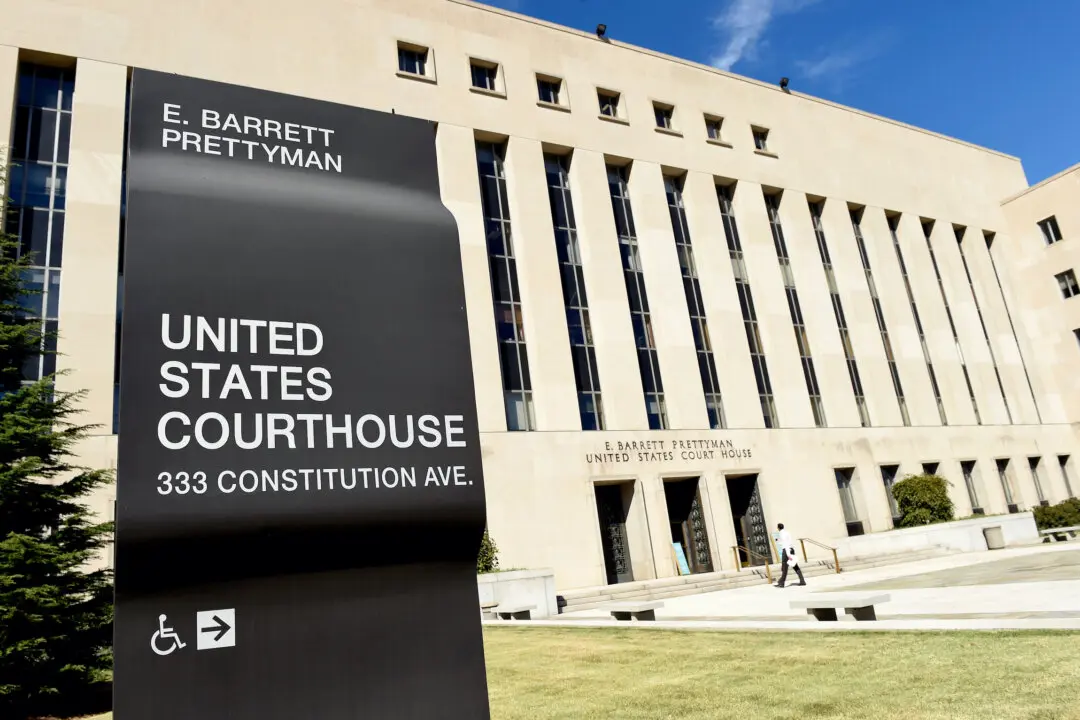JALALABAD, Afghanistan—Militants affiliated with the ISIS terrorist group stormed a prison in eastern Afghanistan in a daylong siege that left at least 39 people dead, including the assailants, and freed nearly 400 of their fighters before security forces restored order, a government official said on Aug. 3.
The attack underscored that ISIS in Afghanistan is still a formidable presence, and highlighted the challenges ahead as U.S. and NATO forces begin to withdraw following Washington’s peace deal with the Taliban.





